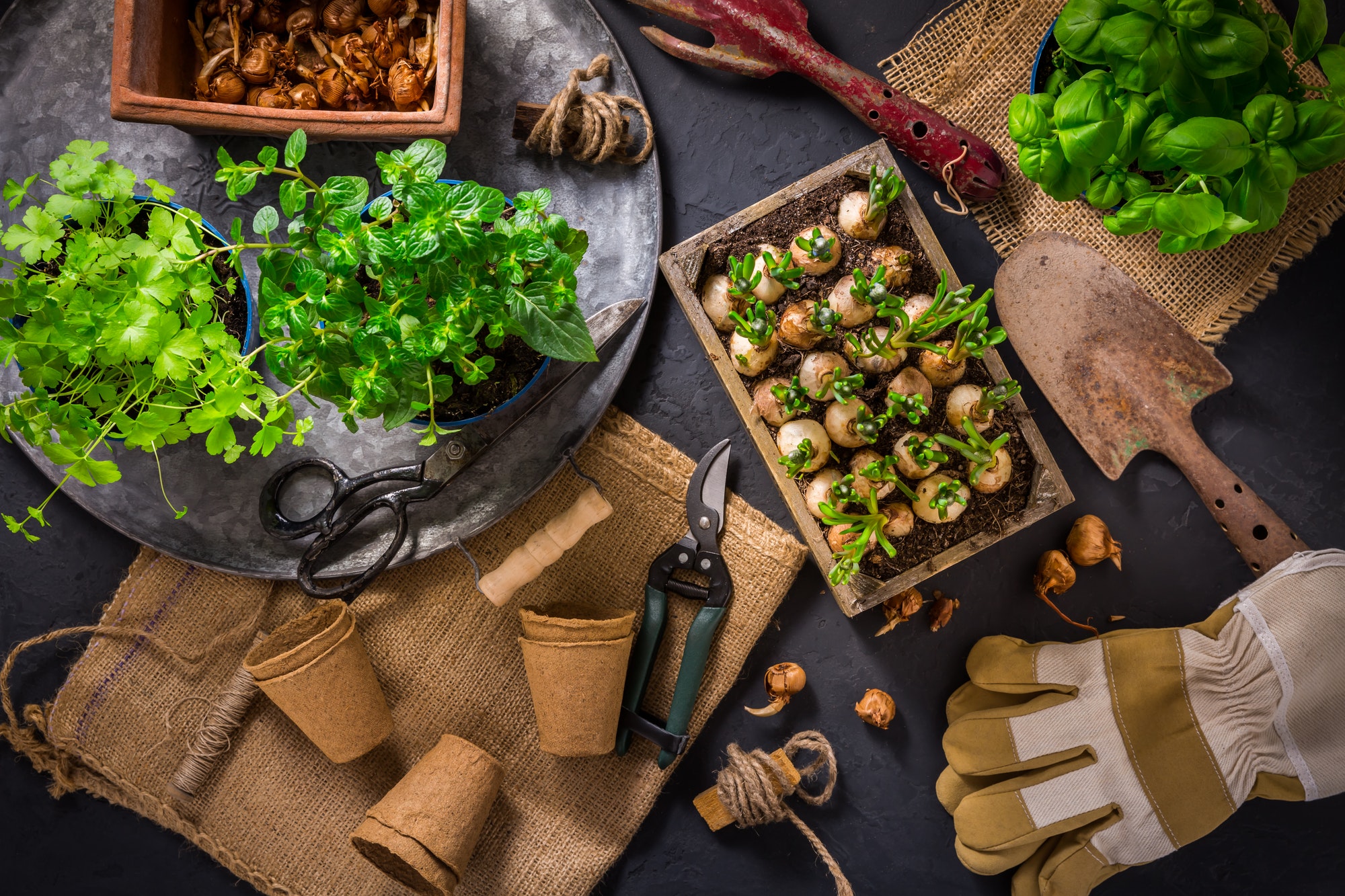Garden Centre Ideas For Changing Climates
As we lose more of our natural habitats, we are making efforts to protect them. One of these efforts is providing the right type of food and shelter in our gardens. This idea is called rewilding, nature scaping, or curated wilding. This year, water features will be big. In addition to water, sheltering shrubs and fruit trees will protect wildlife from predators. Native plants will attract pollinators and nourish wildlife.
The hygge concept emphasizes the calming and intimate aspects of outdoor spaces. This design approach emphasizes cozy spaces, warm lighting, and lush plantings. This style makes it easy to spend quality time in the garden with friends and family. Incorporating this concept into your garden design will make it more functional and enjoyable. The key to this concept is to consider the users and functions of the space. Examples of rooms include outdoor dining areas, kitchens, reading rooms, and entertainment areas. You can even incorporate a fire pit.
The best garden designs start with structural plants such as evergreen shrubs and flowering plants. They should then be punctuated by smaller plants. Planting evergreens or five or six different types of flowering plants creates an appealing, harmonious effect. Ideally, a border should be a metre deep or more. This will allow for a small planting area in front and taller ones in the back to balance the design. The best design includes both perennials and annuals, as these are often the best plants for your garden.
Changing climate patterns affect the type of plants you can grow in your garden. In hotter climates, xeriscaping is key, using native drought-tolerant plants. A rain garden or stone pathways can also help reduce rain runoff. Lastly, the design can incorporate slopes and hillsides, which can reduce erosion and use of chemical fertilizers and pesticides. And a good garden design should always embrace versatility. But the most important thing is to know what you want!
To make the right choice of plants, you must first understand where the sun will shine throughout the day. If your garden will receive direct sunlight, the sun should be in the southwest. If the yard receives only partial sun, the fruits will be insignificant. Similarly, if the sun falls from the west, it will be in a partially shaded area. If this is the case, you should avoid planting trees that receive partial sunlight, as this will reduce the amount of fruit that they produce.
Timber posts add height and interest to borders, while also framing garden areas. In the NHS 70 Garden, Bowles & Wyer used reclaimed oak posts, placing them at varying heights and angles. They also placed outdoor cushions to provide comfort. Then, plan ahead for winter storage and consider adding outdoor seating and a garden room for your family and guests. You will be happy you did! So, start planning now!
